The post How to Take Better Beach Portraits at Anytime of the Day appeared first on Digital Photography School. It was authored by Jackie Lamas.
Golden hour is famous for being the most ideal lighting for portraits, especially at a beach location. Unfortunately, sometimes, the golden hour isn’t an option. Therefore, it’s essential to know how to photograph portraits at any time of the day. That way, you can always create beautiful photos for clients.

Know where the sun is at all times
First, you’ll need to know where the sun is at all times. The easiest way to do this is to use an ephemeris (I personally use this one). This is a tool that can help you see where the sun will be at any time during the day.

Here you can see where the sun will rise from, set, and the times when these will be happening during the day.
Before, or even while you’re scheduling your session, you can quickly check this tool to see the sunrise, midday, and sunset times.
An ephemeris can give you the details on the direction the light is coming from at a particular point in the world. Simply plug in the location of your session, and you can see all of the important details.

Here we can see where the sun will be on this particular day at the same time on the opposite coast in Mexico from the previous photos.
This is really helpful since no beach is alike and the direction of light differs from one side of the world to another. For example, in California, the sun sets behind the beach. Whereas on the east coast, the sun sets in the opposite direction.

Here we can see where the sun will be on this particular day at the same time on the opposite coast in Mexico from the previous photos.
Also, different beaches may face differently and therefore it’s good to know where the sun will be during your session.
Morning light
Morning light on a beach is magical. It has a whole different color temperature than that of the golden hour and can provide a nice soft glow if you have your session early enough.

The light is a little bluer, and depending on the beach where your session is taking place, the sun can rise overlooking the ocean or peaking through the trees. For example, a beach on the east coast like Cancun can mean during your session in the morning you’ll catch the sunrise behind the beach.

Alternatively, on a beach in California, you’ll catch the sun hitting the water from the land side. This will give you that beautiful yellowish-blue glow if your session is before 9 o’clock in the morning.

On the left we see the sun rising behind the bay and at right is after the sun is nearing midday.
Use a simple reflector to bounce light back onto your subject if you feel the sunrise light causes shadows. This is especially useful if sunrise is behind the water at the beach.
Midday light
Midday light at a beach is pretty harsh and therefore it’s good to have some kind of additional lighting equipment to help with shadows. You can use an external flash, popup flash, or a reflector.

Seeing the shadows in front of your clients means the sun is behind them. This family is lit with an external flash mounted on-camera pointed directly at them.
You can also go without an additional light source. However, it’s good to underexpose your photos a bit so you can bring up the shadows in your editing software. Otherwise, you’ll end up with really blown out skies. Of course, this all depends on your style of photography.

Using the sand as a natural reflector helps to bounce light back onto your clients as we can see in both of these photos.
When the sun is at it’s highest point during the day, it might be a good time to take your clients under the shade of some trees nearby or opt to have more playful photos of the family. Have your client’s walk, run, splash in the water, build sandcastles, or just have a bit of fun together.
The sun is at it’s highest at different times around the world, so make sure to check the ephemeris for your exact location to know the time.

Same session, same beach, one photo with flash and one photo without.
Once the sun passes the highest point, it will be at a bit of an angle as it starts to go down for sunset. This is the sweet spot of photographing during midday sun at the beach!

Flash was used to correctly expose the photo and fill in shadows caused by the sun.
When the sun is at a bit of an angle, you can pose your clients with the sun behind them to alleviate having the sun in their eyes. This means you’ll be in the sun, but it’s better than having your clients facing the sun. This avoids causing shadows, uneven lighting, and squinting. The sand can also work as a natural reflector, bouncing light back into their faces.
After midday light
After midday light can be different in the winter than in the summer given that daylight savings can change the amount of light you have left. Either way, the sun sits lower to be at an angle behind your clients. All while still hitting the sand to reflect some light into your client’s faces.

During this time, depending on the angle of light, you can get some really interesting light. It gets more golden by the hour as you approach sunset.

Still, if you find yourself at a beach where the light is still harsh during this time, try and angle your clients away from the sun. You can also try and use your external lighting to help fill in some light.
Golden Hour (Sunset)
Actual sunset only lasts about 5-10 minutes. However, golden hour is just that – about an hour before the sun dips behind the horizon, which means the angle of the light is pretty low and directional. It can mean flooding your photos with lots of that pretty golden light. However, it also makes it difficult to capture your clients evenly lit against the background.

This is especially troublesome if the sun sets behind the water. It can be difficult capturing the beautiful colors of the sunset while also lighting your clients.

Using a flash or external light source pointed directly at your clients can help light them while capturing the sunset behind. You can also underexpose your photo a bit to bring up the shadows later without compromising the sunset.

Try silhouetting your clients behind with the sunset light to offer a different look to the final images.

Golden hour is also a perfect time to turn your clients toward the setting sun to get that beautiful golden color cast on their skin tones and in the overall look of the photo.
Blue hour (After sunset)
Blue hour is the 20-30 minutes (sometimes less time) after the sun has completely gone from view. Blue hour is nice to photograph in because of the beautiful sunset colors like blue, orange, pink, and purples that come out after sunset. The lighting is a bit darker, so you might need a tripod.

During the blue hour, you can get some additional light on your clients by facing them where the sun has set.
During this time you can attempt some slow shutter speed photos while your clients hold still. Getting the movement in water can create a more fine art approach to beach photos!

During any time of day try these ideas:

Cloudy days are perfect for photographing at any time during the day. However, you might not get the sunset as bright as on a clear day.
It doesn’t matter the time of day, it’s good to get variety in your portraits during beach sessions. For that try some of these ideas:
- Rock formations/caves as backgrounds and also shelter from harsh light.
- Trees can provide shade as well if the light is harsh and the day is particularly hot.
- Around town can also serve as a nice background for photos while you’re waiting for the midday sun to angle a bit.
- Up high can also serve as a nice way to keep clients out of harsh sunlight. For example, a balcony in their hotel room, a higher terrace with some shade that overlooks the ocean, etc.
- Photographing more lifestyle-type photos with the family playing, getting in the water, and just having a “beach day”.

If you are waiting for the sun to go down a bit, you can take some portraits near trees that aren’t directly on the beach. This also adds variety to the final images.
Conclusion
Photographing at the beach during golden hour isn’t the only time that you can create one-of-a-kind and amazingly beautiful images for your clients.

Taking cover in caves or using rock formations as backgrounds can also help keep your client out of direct sunlight.
It is incredibly beneficial to learn to photograph at the beach at any time of the day. Moreover, it can mean the difference between a client choosing you and another photographer.

The post How to Take Better Beach Portraits at Anytime of the Day appeared first on Digital Photography School. It was authored by Jackie Lamas.

Digital Photography School
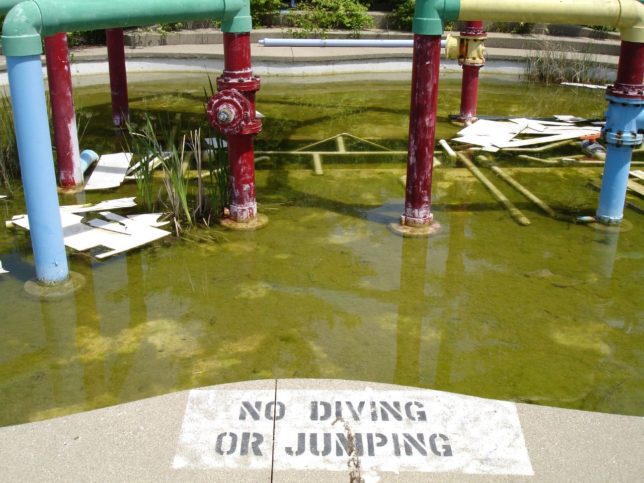
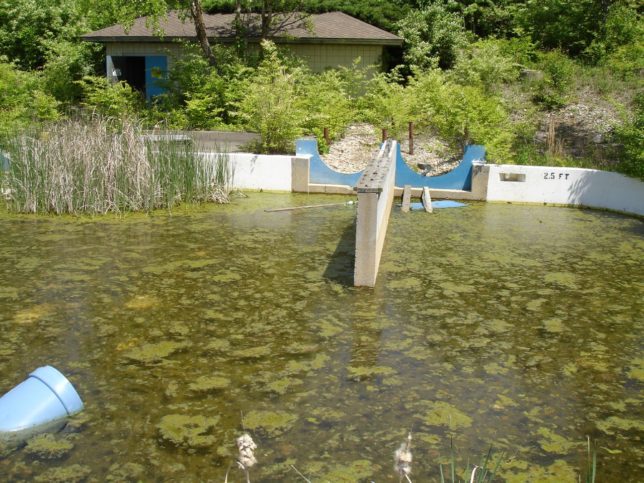
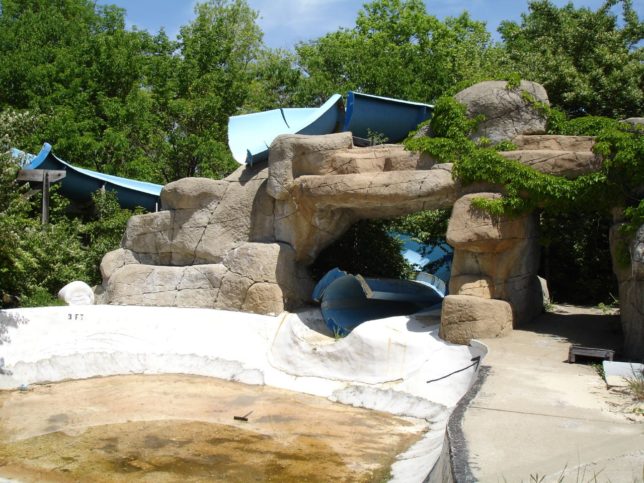
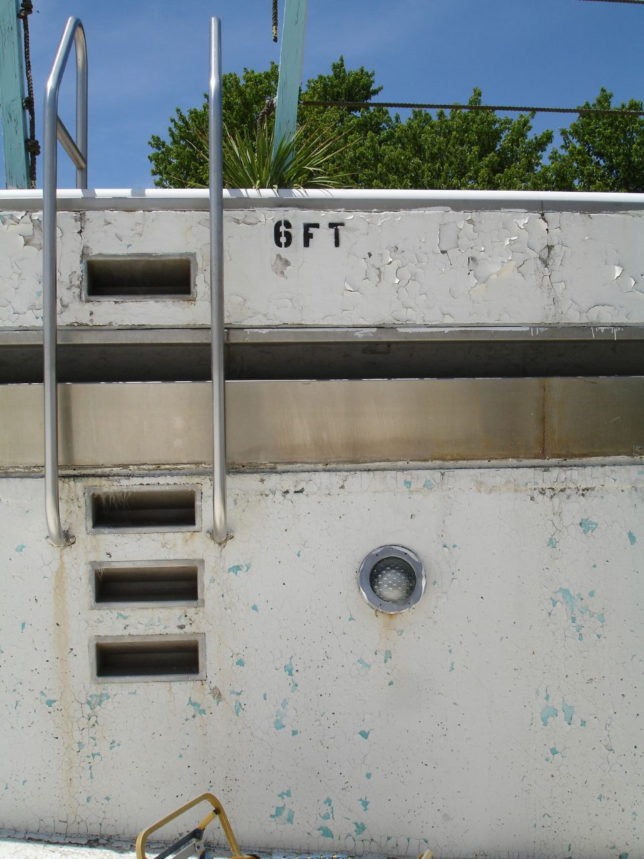





















































































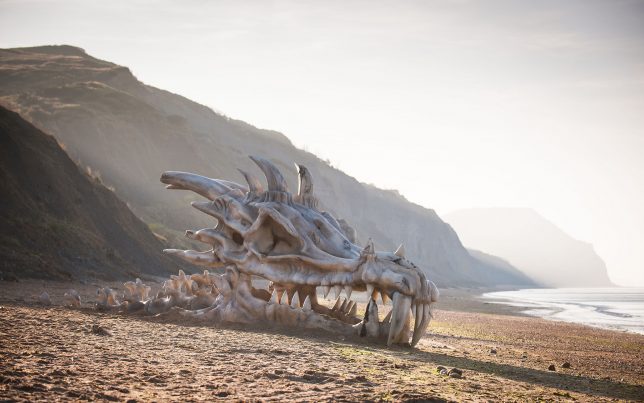
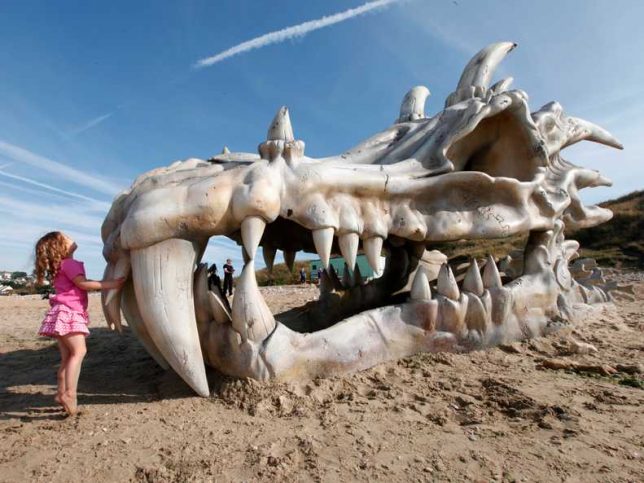

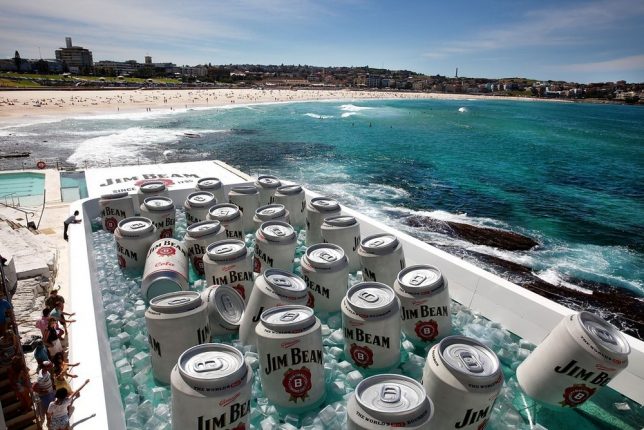
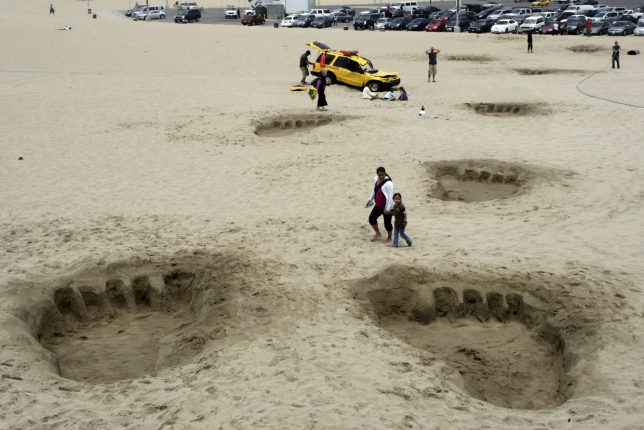
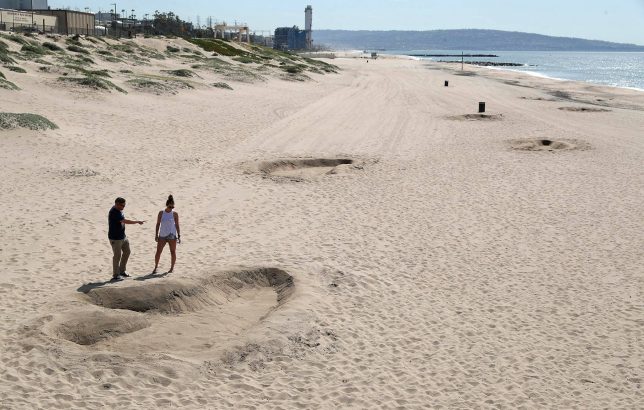

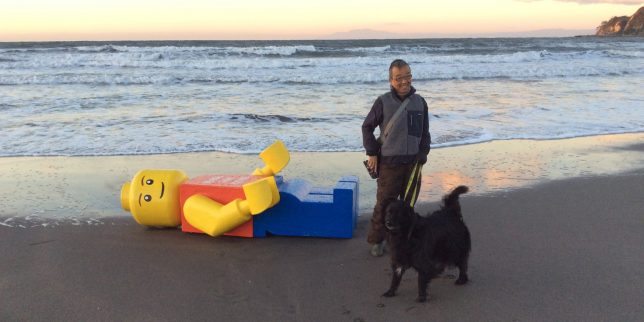









You must be logged in to post a comment.